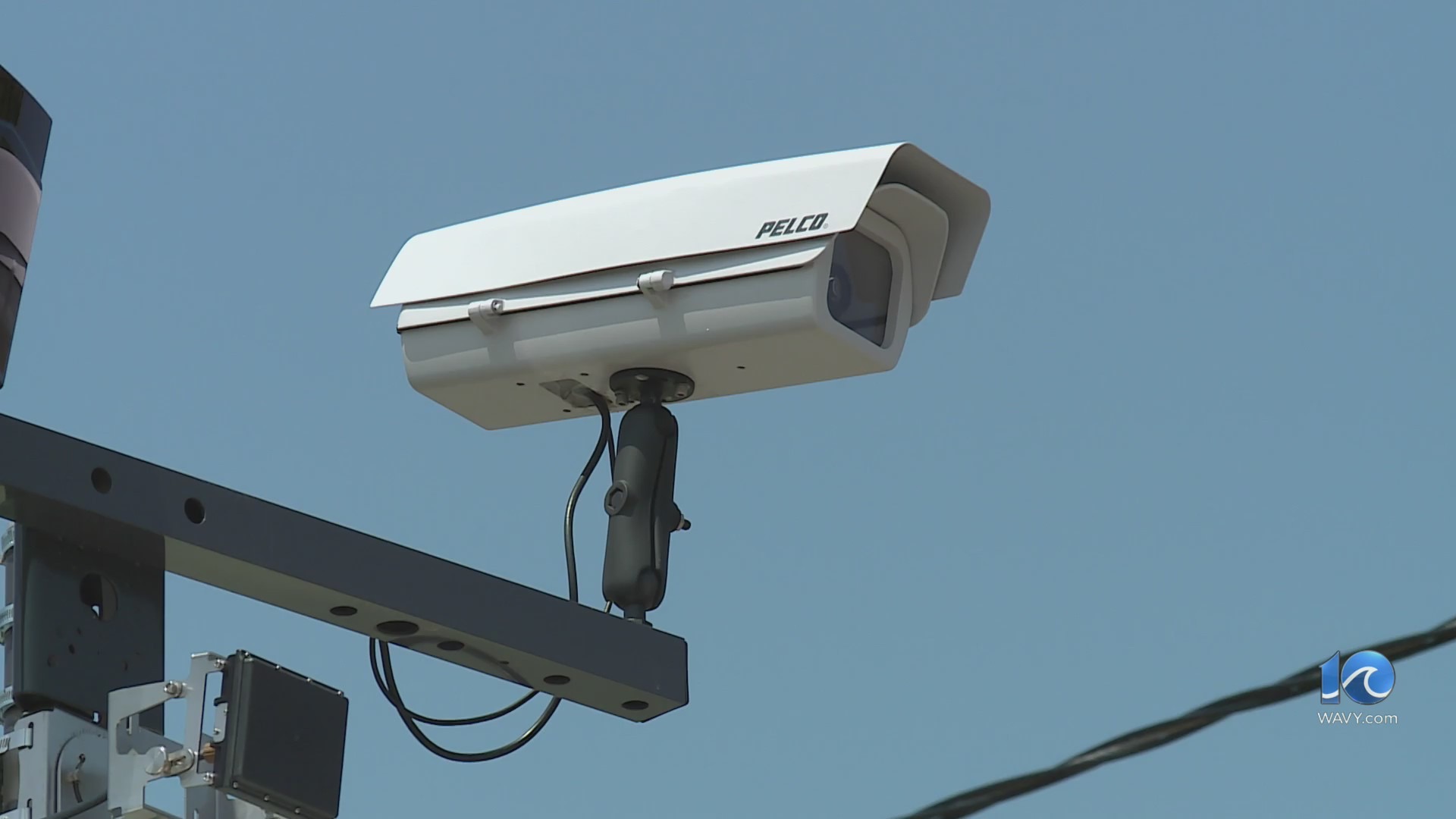PORTSMOUTH, Va. (WAVY) — As thousands of students in Hampton Roads head back to school, those who eat breakfast and lunch in the cafeteria may taste some differences in their favorite dishes.
Earlier this year, the USDA announced changes to make school meals healthier.
Menu changes aren’t required until next year, but many school districts are already making over their menus.
Sugary sweet cereals, yogurts and chocolate milk are a few favorites that will be tweaked. Schools are reducing the amount of sugar and sodium to meet new USDA requirements.
“We will actually have healthier athletes, healthy employees, healthy students,” said Portsmouth Public Schools food service coordinator James Riddick. “It is brain food.”
Public schools, including Portsmouth and Virginia Beach, started making changes a couple of years ago.
“It’s kind of like a puzzle, right? So you you start to see how, if I take away a little bit of sodium, what can I add? Maybe a little more acidity with lemon juice or things like that to make the flavor pop,” said Rachel Amato, Virginia Beach Public Schools assistant director of food services.
The majority of sugar and sodium comes from processed foods. Schools chefs are now making more items from scratch.
Amato showed us a new menu which includes a hot honey chicken wrap, a roasted veggie wrap, and she said they are working on a chocolate hummus.
Using a new farm-to-table program, the school divisions are purchasing fresh local meats and produce as much as possible.
“We’re trying to make sure if we cut the sugar content, we don’t have that those extra problems as we get older — diabetes, other issues like that nature,” Riddick said.
Students are not only are they getting better nutrition, they’re also behaving better.
Last year the principal of Larkspur Middle School in Virginia Beach found that when the number of students eating breakfast at school doubled, kids had better behavior and discipline referrals were cut in half.
But how will the new rules go over in the cafeteria? You may recall changes to school lunches during the Obama era failed because kids refused to eat the food.
“They definitely are the best critics in the entire world,” Amato said.
This time around, school chefs say it’s different.
They’re making changes gradually, giving students samples, listening to their input,
and starting gardens where possible — all of this to let the students have a hand in what they put in the mouths.














